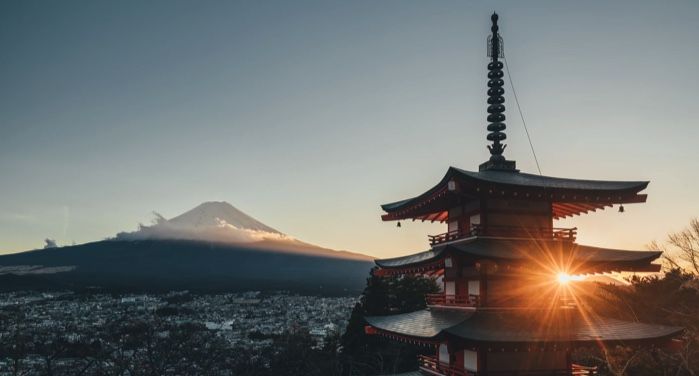
9 Of The Best Japanese History Books
Over the years I have read more than a few books on the history of Japan. Part of my family immigrated from Japan so it has always held a special interest and place in my heart. Of course, this does not make me an expert, just an interested observer. However, if you’re eager to learn more, these Japanese history books are good ones to start with.
While I read more fiction than nonfiction generally, I have a few interesting nonfiction Japanese history books here. I also include two fiction titles that I cannot resist adding at the end. Hopefully some of these will interest readers who enjoy learning about Japan and Japan’s history.
Nonfiction

Japan: A Short History by Mikiso Hane
Hane was a first generation Japanese American who spent his life studying and teaching others about Japan. Hane was born in the U.S. and raised there until being sent to live with an uncle in Hiroshima in the 1930s. He returned to the U.S. in 1940 and was eventually interned in Arizona for 18 months during World War II. He later worked as a Japanese teacher and went on to earn a BA, MA, and PhD from Yale, writing many books and articles over the course of his life. While some of his other work is probably better known (particularly Reflections on the Way to the Gallows: Rebel Women in Prewar Japan), this short history is a good, readable place to start.

Cool Japan by Sumiko Kajiyama
This is a travel guide, but Kajiyama does such an excellent job bringing Japanese history and historical sites together that it deserves to be more widely read, even if you are not planning a trip at the moment. The section on Kyoto, for example, covers history on the Tale of Genji, Oda Nobunaga, and Sakamoto Ryoma in ways that I think are fairly accessible for someone with limited knowledge of the subjects. And since it is a guidebook, there are beautiful pictures to look at along the way of temples, museums, and the occasional mouth-watering food.
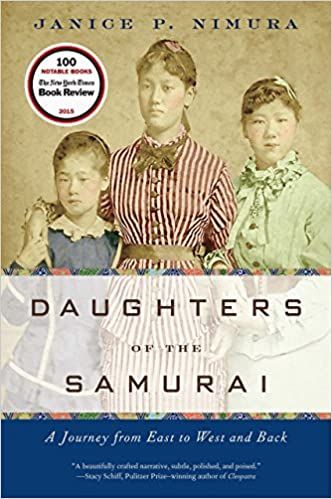
Daughters of the Samurai: A Journey from East to West and Back by Janice P. Nimura
This is the story of several young girls sent from their homes in Japan in 1871 all the way to study in America. This is the history of three of the girls and their experiences. It is hard to imagine how jarring this must have been for them. They ended up living in the U.S. for ten years before returning home to Japan, where they eventually became proponents of and pioneers in girls’ education.

Showa: A History of Japan by Shigeru Mizuki, Translated by Zack Davisson
This is a tetralogy that will suck you in from the first pages with its artwork and history of Japan. Mizuki lived through and saw so much that I could not put this down. After finishing this, I read the other volumes on his life from 1939 to 1989 in rapid succession. I highly recommend these. And if these appeal to you, you might also like this list of historical manga.
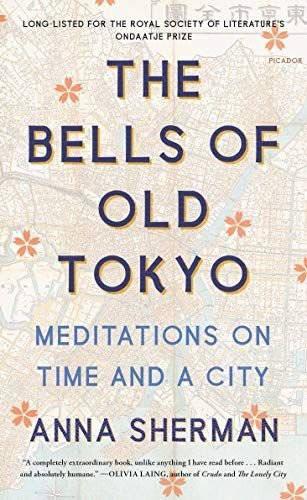
The Bells of Old Tokyo by Anna Sherman
This is a more contemplative look at Tokyo, as the title suggests. If you want a deeper dive into one of Japan’s most famous cities, then this may be a nice addition to your reading. Sherman did not grow up there, but she moved to Tokyo in 2001 so this gives her some perspective over roughly 20 years. She has said in an interview that when she first moved there, she spent two years walking around Tokyo and then spent another ten years writing this book. She called it her love letter to the city.
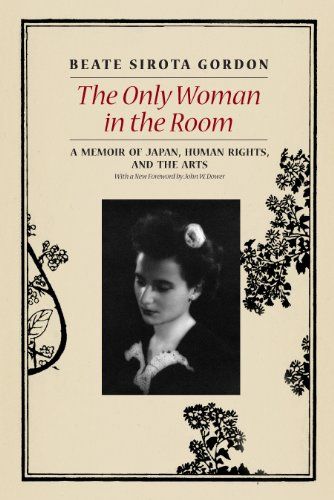
The Only Woman in the Room: A Memoir of Japan, Human Rights, and the Arts by Beate Sirota Gordon
Gordon is of Russian origin, but spent a decade of her childhood in Japan and regarded it as home for a long time. She learned to speak Japanese fluently and returned to her ruined homeland as a U.S. civilian employee on Christmas Eve 1945. Her parents had spent the war there and their reunion was a bittersweet one. As both sides of her family are Jewish, many relatives in Europe were sent to Auschwitz or other death camps. During this time, her parents suffered along with millions of Japanese during World War II. This is a fascinating account of Gordon’s life, how she returned to Japan during this tumultuous time, and how she and her parents kept their love of music and the arts alive through these years.

1964: The Greatest Year in the History of Japan by Roy Tomizawa
Japan hosted the Summer Olympics in 1964. It is easy to forget that this was just two decades after the end of World War II and its devastation. Tomizawa helps us to follow this history in his book. He interviewed many former Olympic athletes and links together seemingly disconnected events to present this story of Japan’s reemergence on the international stage.
Fiction
Where the Wild Ladies Are by Aoko Matsuda, Translated by Polly Barton
This is where I add two fiction titles because I cannot resist. This one is a 2020 translation of Matsuda’s short story retellings of Japanese folktales. In case you are worried that you will not “learn anything,” you should check the back material. There you will find shortened versions of the original tales that inspired these new interpretations.
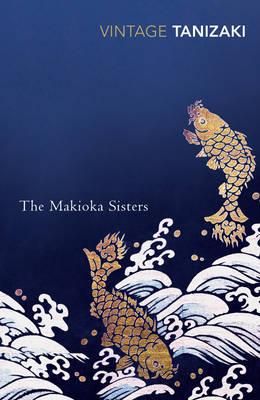
The Makioka Sisters by Junichiro Tanizaki
Allow me to recommend one more work of fiction, Tanizaki’s The Makioka Sisters. This is one of those books that I think of like George Eliot’s Middlemarch. I do not know if I would have read it if someone had not literally put a copy in my hands and told me to. Both seemed intimidating. Both seemed like classics I wouldn’t ever understand. However, I loved both of them so greatly and now wish I could press a copy into your hands, dear reader. Consider this your notice that you really must read this enchanting novel set in 1930s and ’40s Japan.














